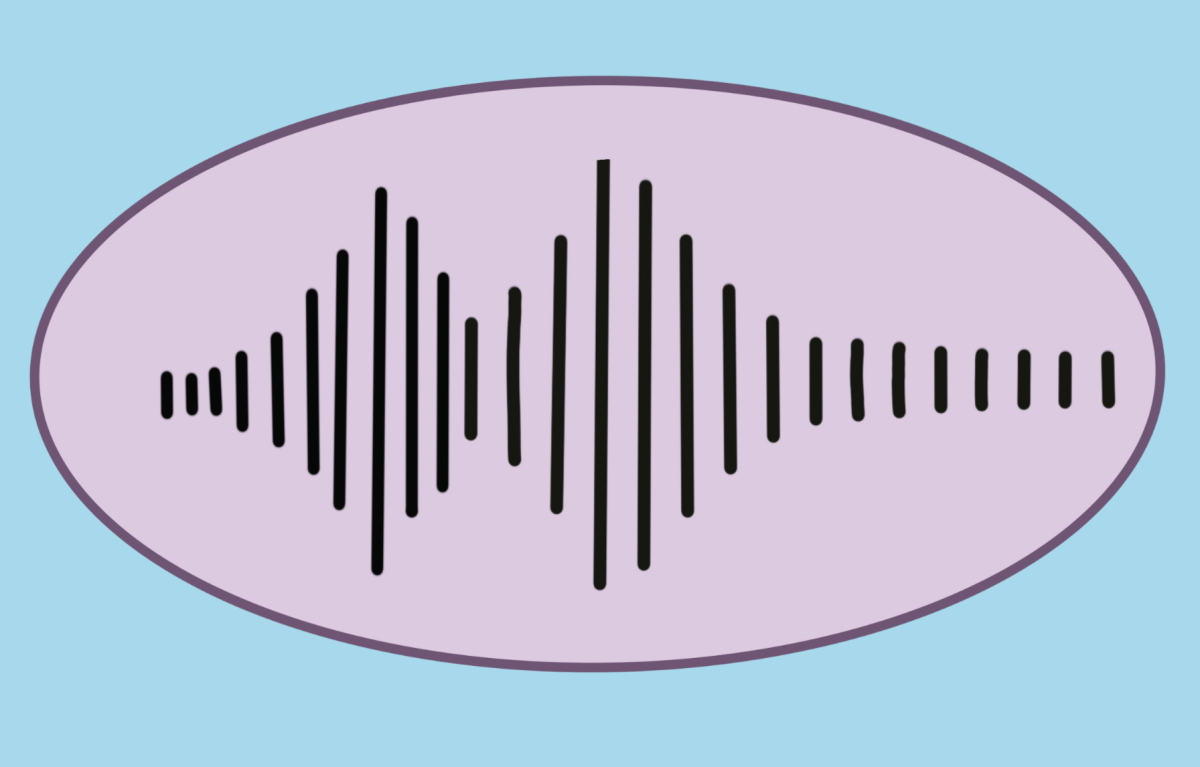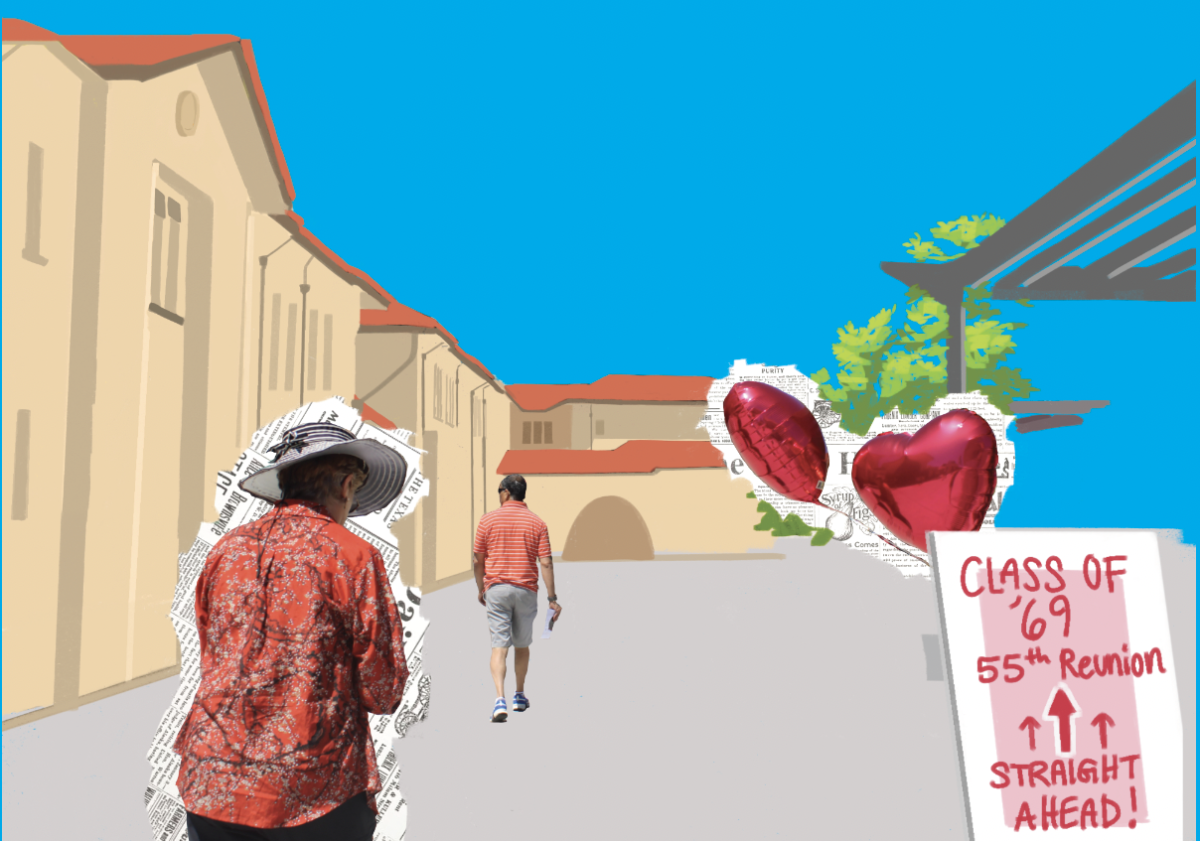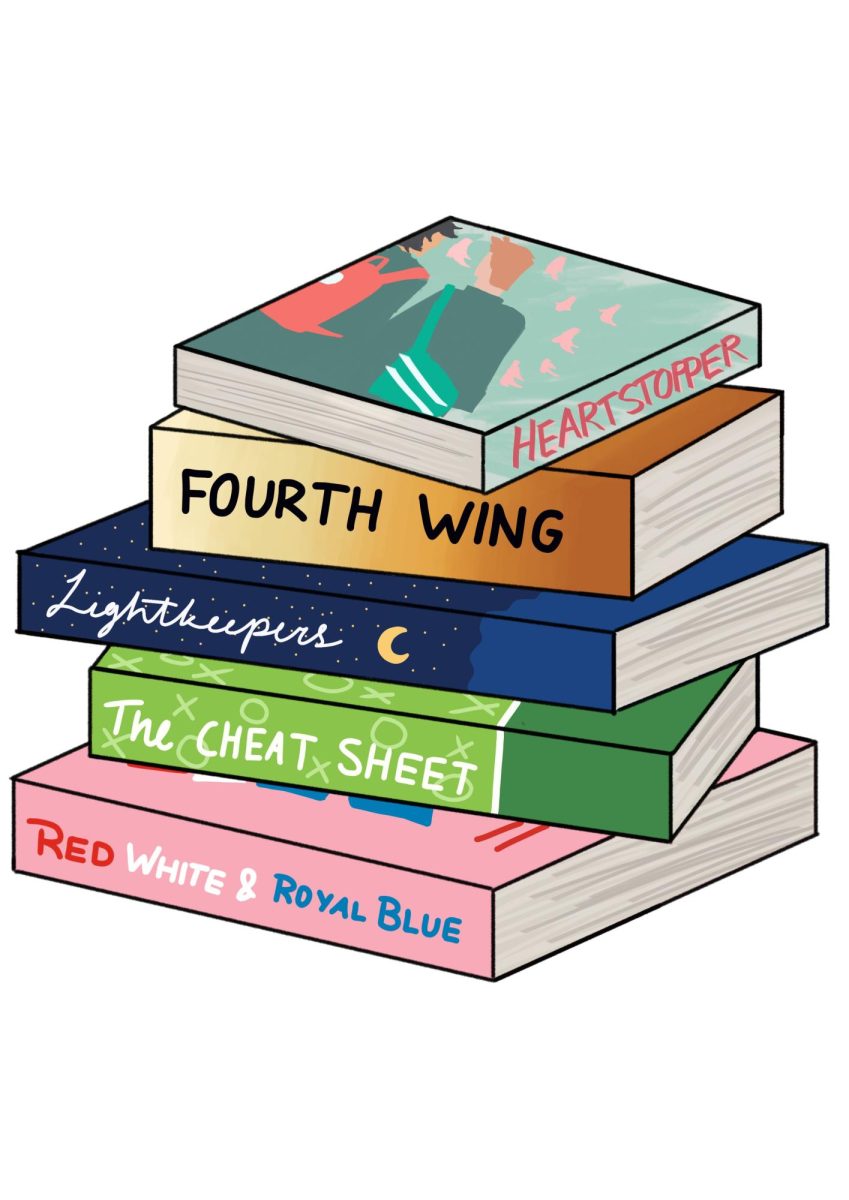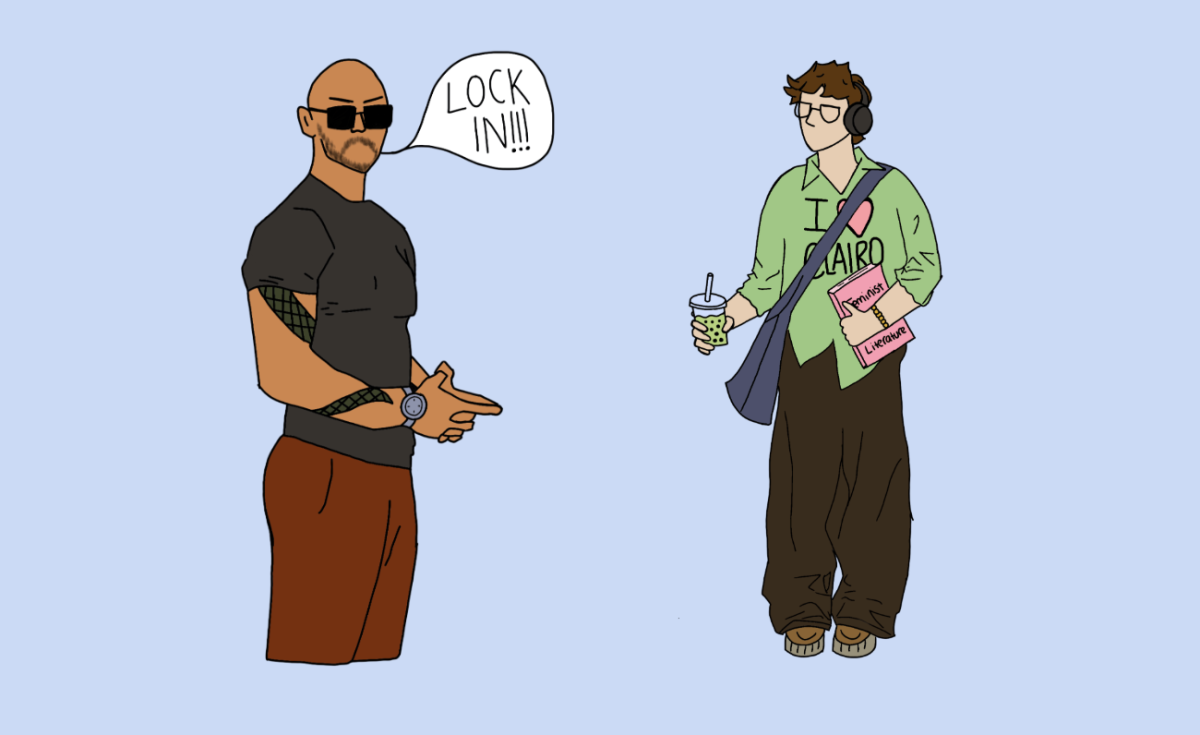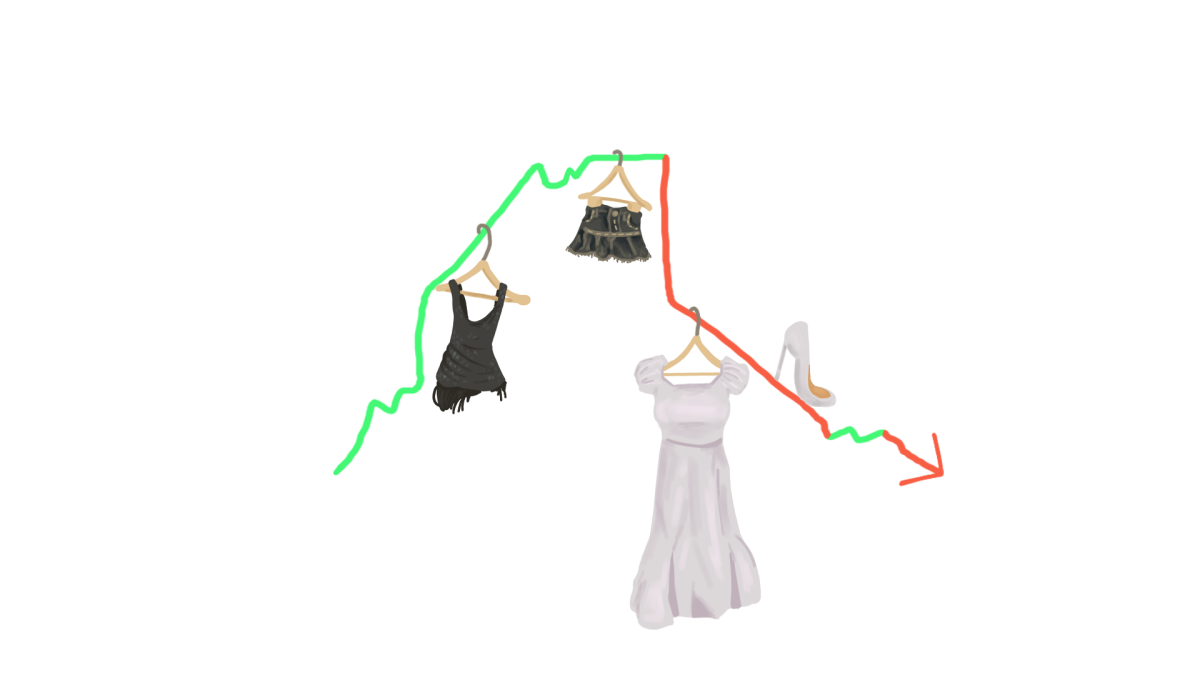Online media is almost always accompanied by sound bites, also known as song clips. These audios can make the video more entertaining and many people include them in their videos. These clips, however, may not accurately represent the song or even the artist. On social media, the parts of the songs that are being played are usually the chorus, the bridge or another catchy upbeat part. The chorus is usually the catchiest part of songs, so the listener’s expectations for the real song are often set really high upon hearing a sound bite.
Pop songs are fast and meant for dancing, but slow and sad songs are not as catchy, which causes sad songs to be used less in videos on social media. To fix this, songs that are slower are sometimes sped up to be made catchier. However, the sped-up version also changes the vibe of the songs and the message the artist is trying to convey. Sped-up versions also change the artist’s voice a lot. An artist who has a deeper voice may sound like a different high-pitched singer, and a high-pitched artist will end up sounding squeaky. Sped-up songs like Tate McRae’s sped-up version of “greedy” are available on Spotify, but other sped-up clips people are hearing are not from the original artists.
“I feel like if the artist doesn’t approve of that version it’s kind of changing what they created to something else because they sound really different, like sped versions to normal versions,” FHS freshman Joshua Charnota said. “I would probably ask the artists before you speed up their version or if the artist has a sped-up version of their song then like, yeah, but if they don’t, that’s probably a gray area.”
When choosing sound bites for their videos, some people choose from songs that they like in their entirety while others use clips that sound catchy and go nice with the video.
“Sometimes I’ll just scroll through the suggested and if I find a clip that I like, then I’ll use that, but if I have a specific song in mind then I’ll use that one,” Charnota said.
Along with sped-up versions changing the way the artist sounds, the cherry-picked parts of the song do not always accurately show the artist’s intended message, writing and singing style.
“I also believe that you should listen to the whole album and not only the whole song,” FHS freshman Hudson Kodama said. “Narrowing it down even more is like taking a single part of a painting completely out of context. That would just be like if you just had one part of the background of the Mona Lisa.”
Sped-up versions, covers, edits and remixes can all change the way a song was meant to sound and the way the artist meant for their lyrics to be portrayed. The clips from social media are not a good representation of the actual song or album, and can influence people’s opinion on the singer and song in an inauthentic way. While upbeat clips and sped-up versions may be more fun, they should not be taken as a representation of the song or singer.


